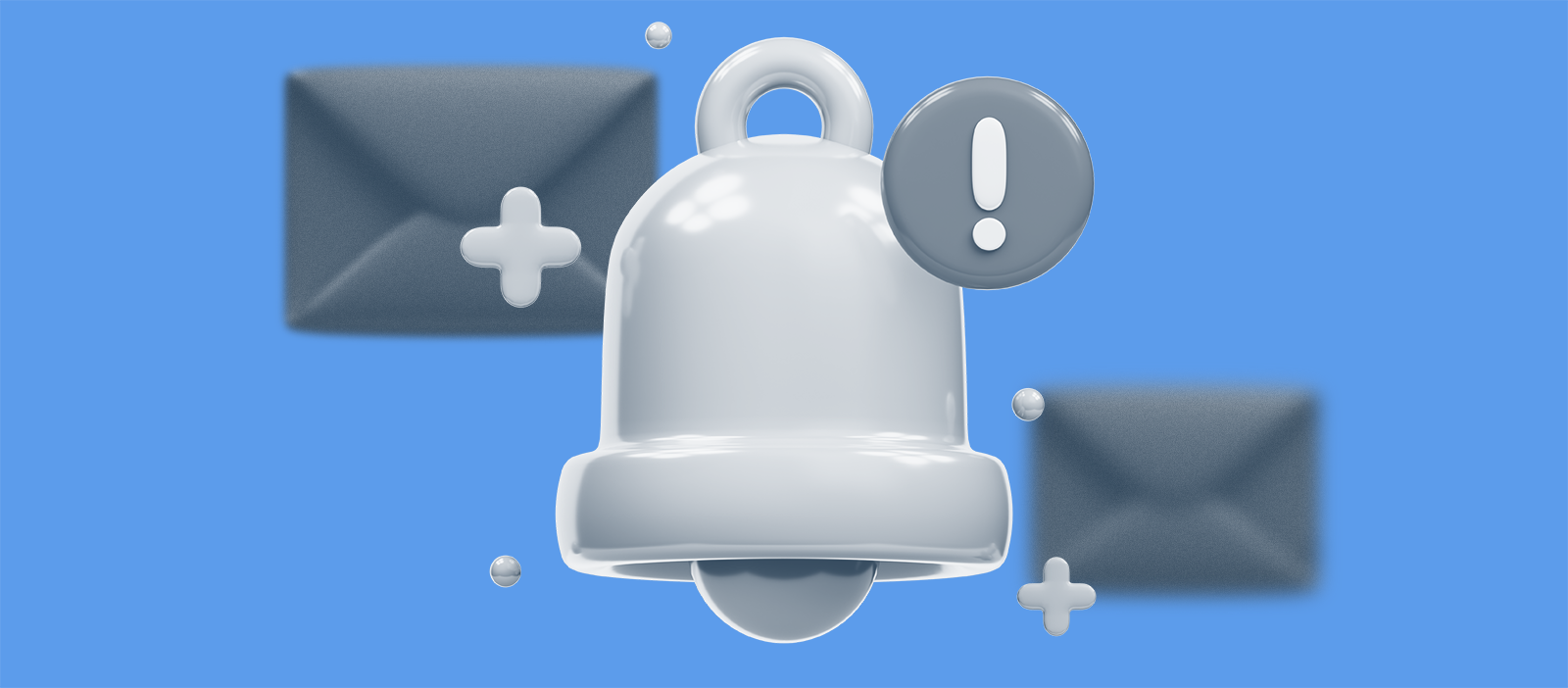On June 24, 2024 Red Hat announced that CentOS Linux 7 support will be discontinued.
CentOS 7 will not be receiving critical security updates and we do not recommend using it with BILLmanager. Starting from April 29, 2025 we will also discontinue BILLmanager updates for CentOS Linux 7.
We recommend that you switch over to a new operating system in advance to be able to receive BILLmanager updates and run the platform securely. You may find the list of supported operating system in the documentation.
Changing to a supported operating system requires BILLmanager migration to a new server. To do so, install the platform to a new server, connect it via SSH and copy the required files.
It is important to make sure that the version of BILLmanager on the new server is no lower than on the old server. You can migrate between servers with different operating systems.
Preparation:
- Prepare a new server, install BILLmanager to the new server, activate a trial license via the ISPsystem client area.
- Enable maintenance mode on the old server for the duration of the migration.
- Import user data from the old server to the new one.
- Migrate custom XML files, addons and plugins to the new server. Use scp commands for this purpose.
- Migrate the storefront settings from the old server to the new one by copying the corresponding directories.
- Install missing software packages, such as service processing modules, payment systems, and mail gateways on the new server.
- Link BILLmanager license to the new server by activating a commercial license in the client area.
- After a successful migration, disable maintenance mode on the old server.
After migrating, we recommend disabling or uninstalling BILLmanager from the old server to avoid conflicts arising from similar settings of service processing modules.
Preparation of a new server includes installation of BILLmanager, activation of a trial license via ISPsystem client area, and opening BILLmanager in a browser for license activation.
Make sure that both servers have an active license, and activate a commercial license on the new server after migration.
Instruction on BILLmanager migration to a new server:
Step 1: Enable maintenance mode
When maintenance mode is enabled, processing modules and mail gateways in BILLmanager will not perform operations temporarily. To enable maintenance mode on the old server, create an empty file /usr/local/mgr5/etc/billmgr.DoNothing.
Step 2: Import data
On the old server:
- Create a backup copy of BILLmanager web interface by entering Tools → Backups and clicking Start. Save the backup archive.
- Save the branding settings.
- Copy the directories to the new server using scp commands:
scp /usr/local/mgr5/skins/dragon/local_* root@:/usr/local/mgr5/skins/dragon/
scp /usr/local/mgr5/etc/brand_settings.billmgr.xml root@:/usr/local/mgr5/etc/
On the new server:
- Enter Tools → Backups → click Download, select the backup archive from the previous server and click Restore.
- After restoring from a backup on the new server, the IP address from the old server may be specified in the configuration file. Specify the IP address of the new server in the configuration file ihttpd /usr/local/mgr5/etc/ihttpd.conf. Restart BILLmanager:
/usr/local/mgr5/sbin/mgrctl -m billmgr exit
Step 3: Migrate custom XML files, addons and plugins
If you have custom XML files, addons and plugins, follow the following:
- On the new server, create the directory /usr/local/mgr5/backup/, if that directory does not exist.
- Migrate the existing custom files using scp commands:
scp -r /usr/local/mgr5/etc/xml/ root@:/usr/local/mgr5/backup/
scp -r /usr/local/mgr5/addon/ root@:/usr/local/mgr5/backup/
scp -r /usr/local/mgr5/src/ root@:/usr/local/mgr5/backup/
Copy the contents of the directories using the following commands:
cp -n /usr/local/mgr5/backup/xml/* /usr/local/mgr5/etc/xml/
cp -n /usr/local/mgr5/backup/addon/* /usr/local/mgr5/addon/
cp -n /usr/local/mgr5/backup/src/* /usr/local/mgr5/src/
Step 4: Migrate storefront files
To move the storefront from the old server to the new server, copy the directories to the new server:
# /usr/local/mgr5/skins/showroom/ – provider’s storefront files.
scp -r /usr/local/mgr5/skins/showroom/ root@:/usr/local/mgr5/skins/showroom/
# /usr/local/mgr5/etc/showroom.sample.dragon/ – template files on whose basis storefronts are created.
scp -r /usr/local/mgr5/etc/showroom.sample.dragon/ root@:/usr/local/mgr5/etc/showroom.sample.dragon/
Step 5: Install the missing packages
After migrating the database, run the installation of all missing service processing module packages, payment systems, and mail gateways on the new server. To do so, run the command:
/usr/local/mgr5/sbin/mgrctl -m billmgr fix.modules
Step 6: Bind a commercial license to the new server
After migrating BILLmanager to the new server, enter your client area, where your license was ordered. Delete the trial license from your client area. In the commercial license settings, enter the IP address of the new server. Update the license file by clicking Update license in BILLmanager web interface or by downloading the license manually with the command:
/usr/local/mgr5/sbin/licctl fetch billmgr
Step 7: Disable maintenance mode
To disable maintenance mode, delete the file /usr/local/mgr5/etc/billmgr.DoNothing
We are making regular updates of the platform – follow our news not to miss out on something important.




